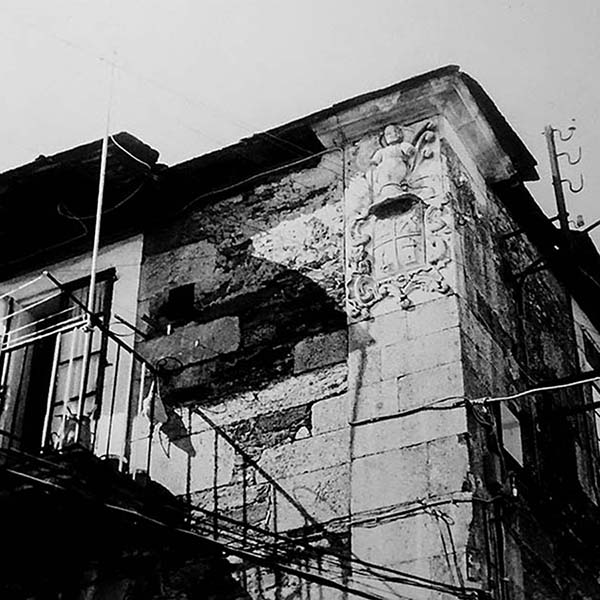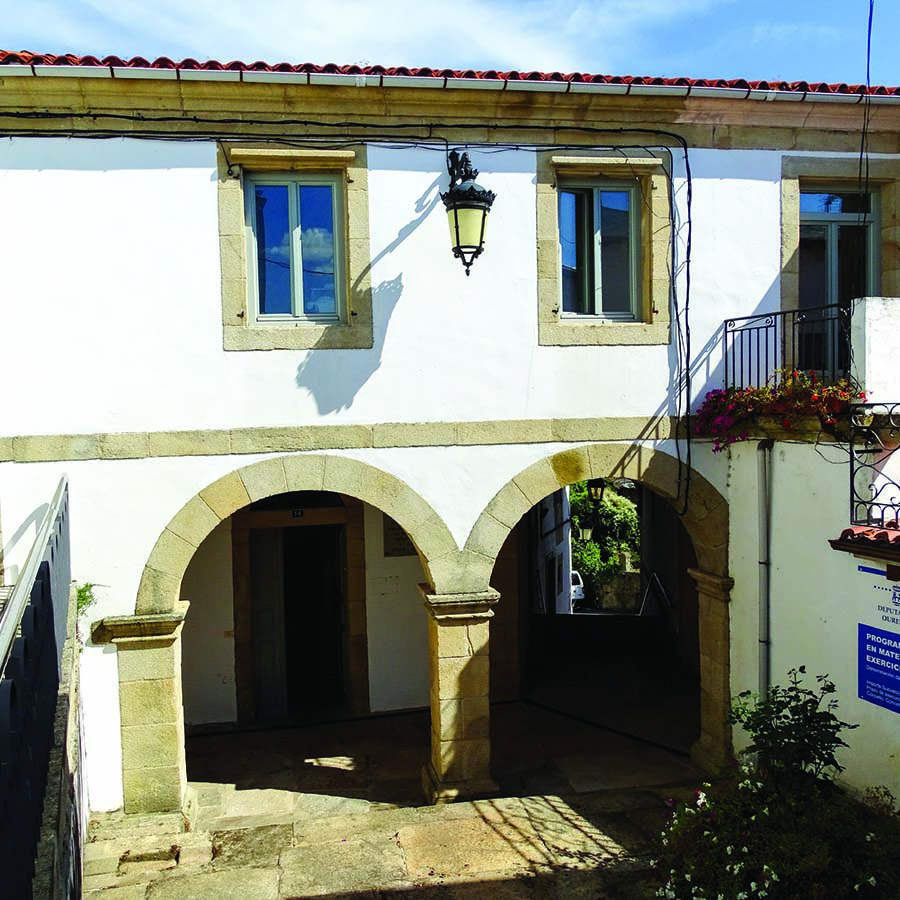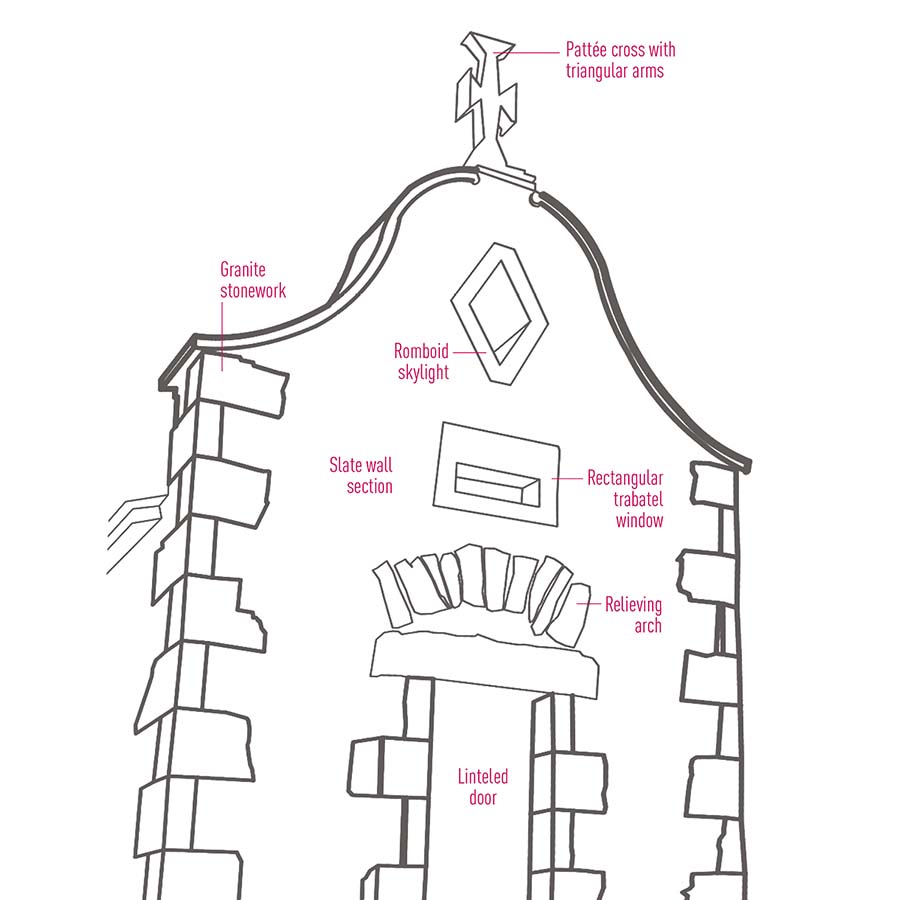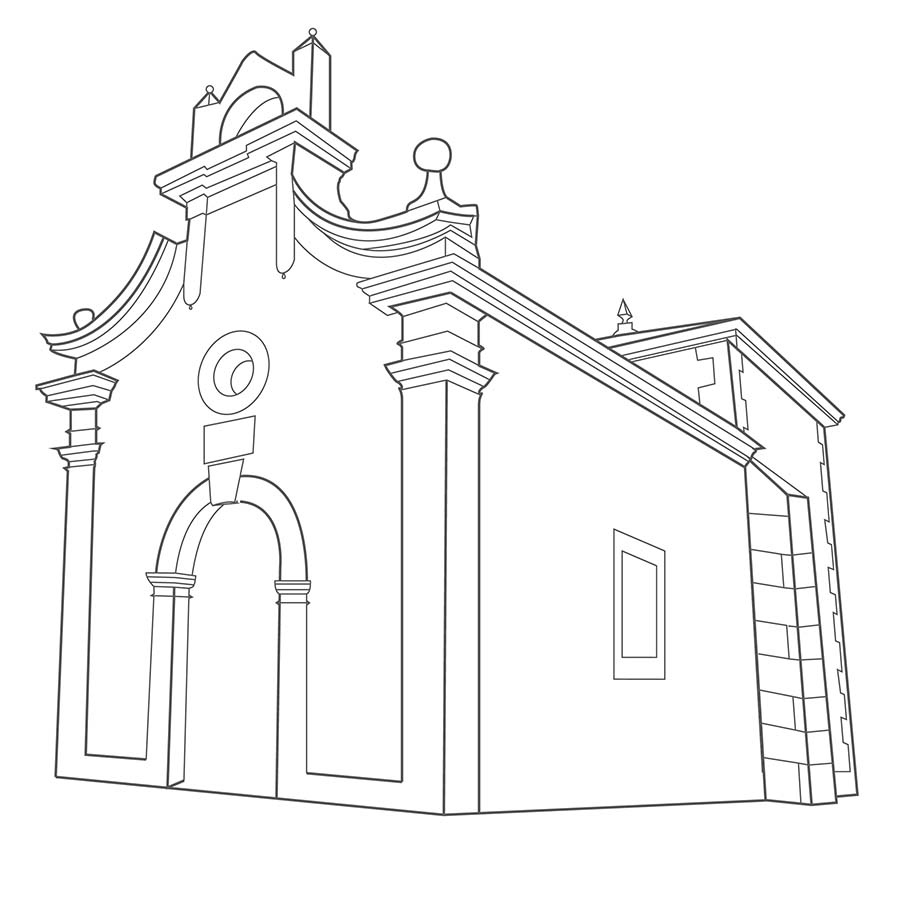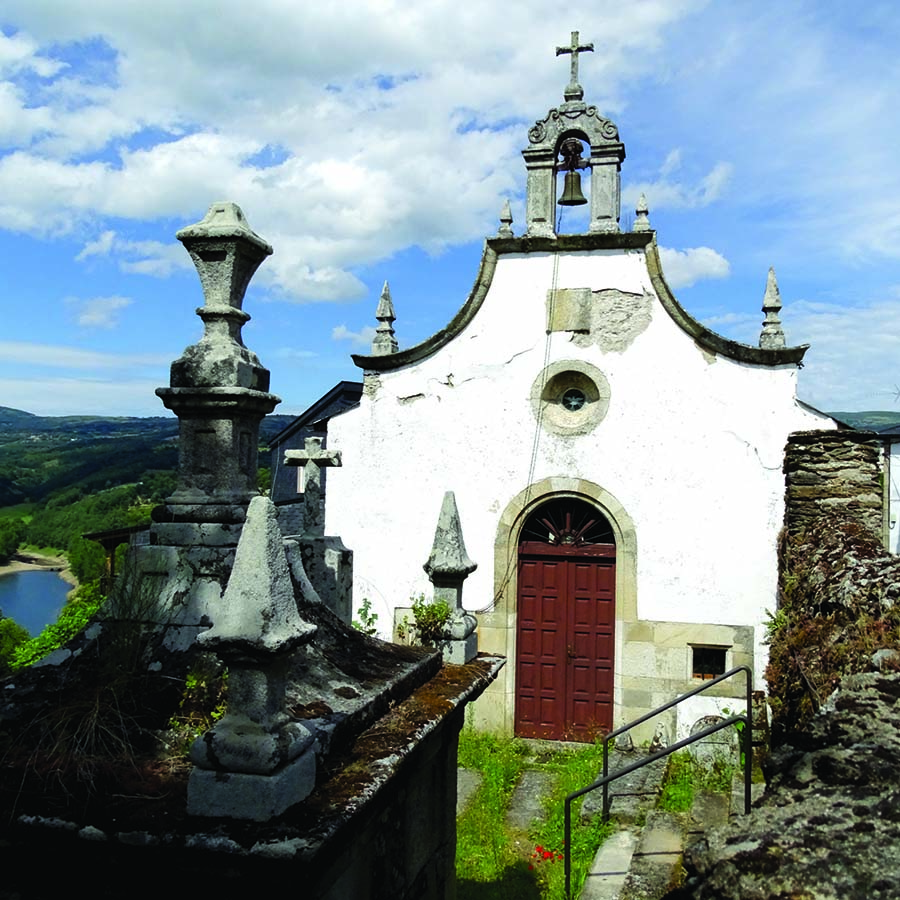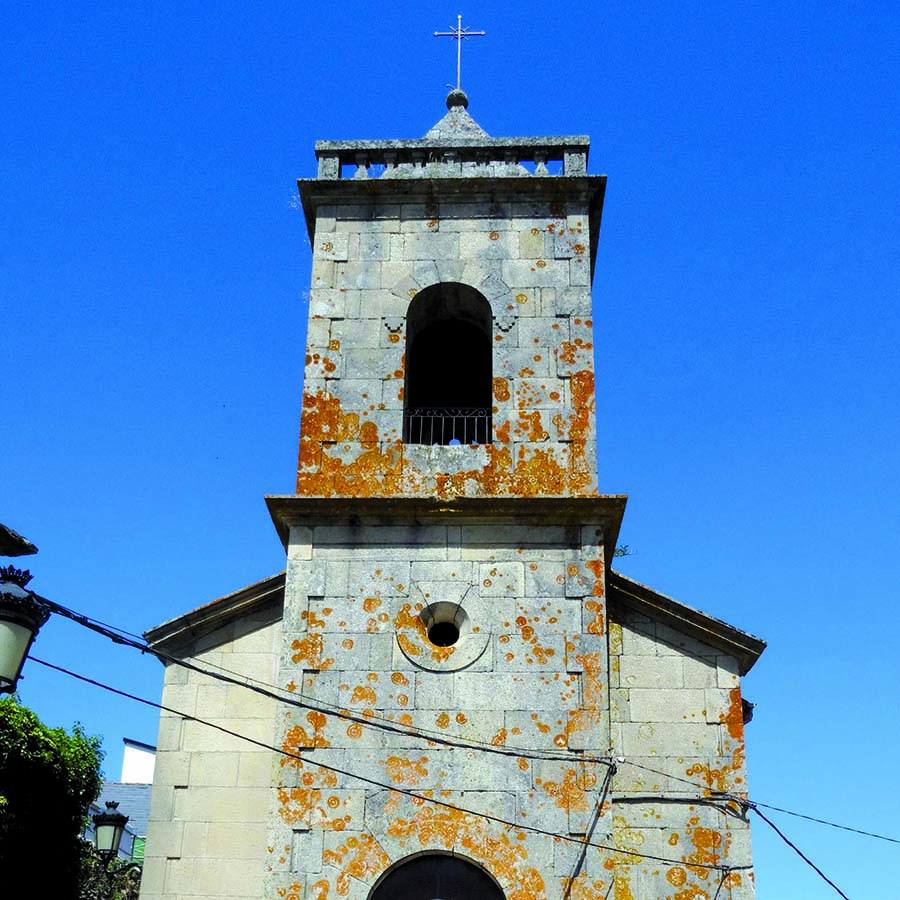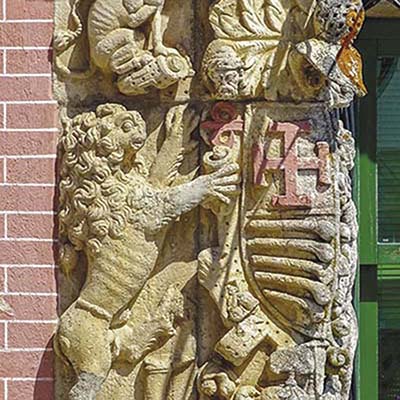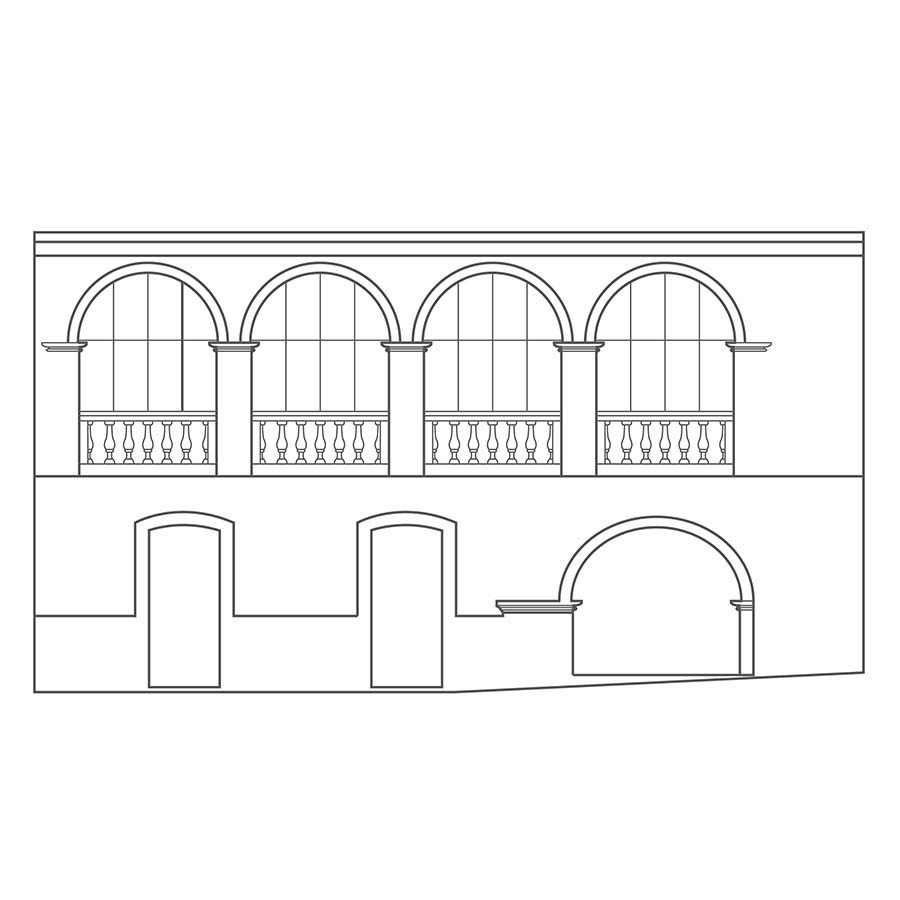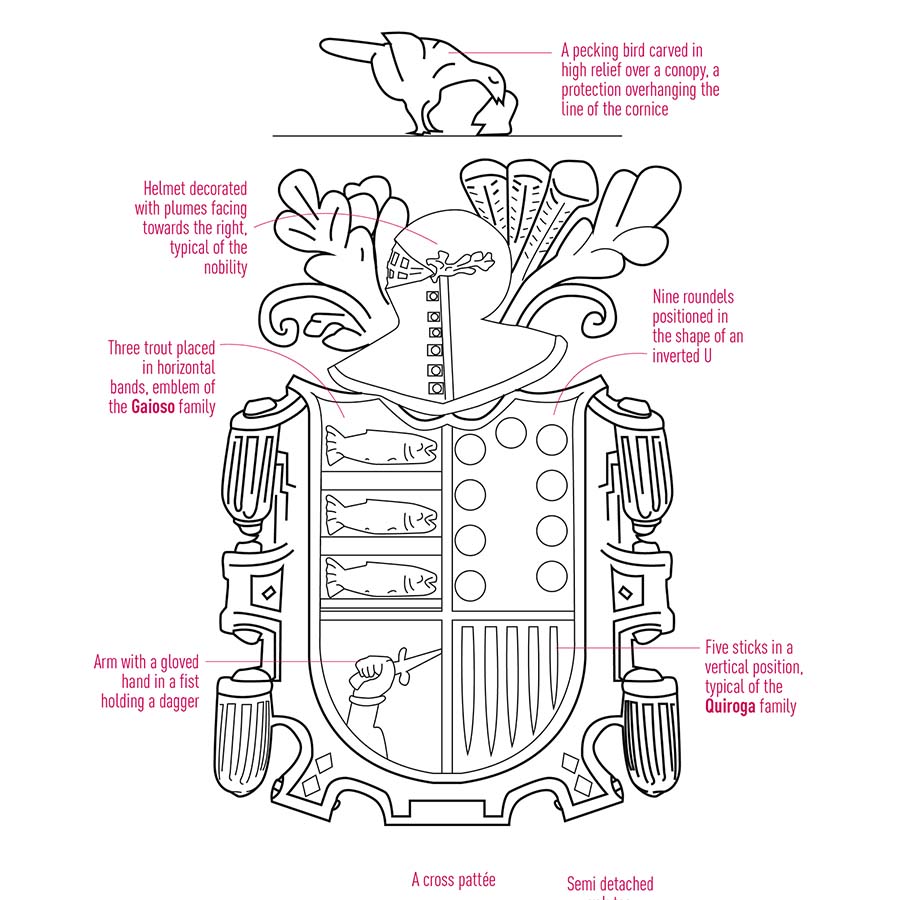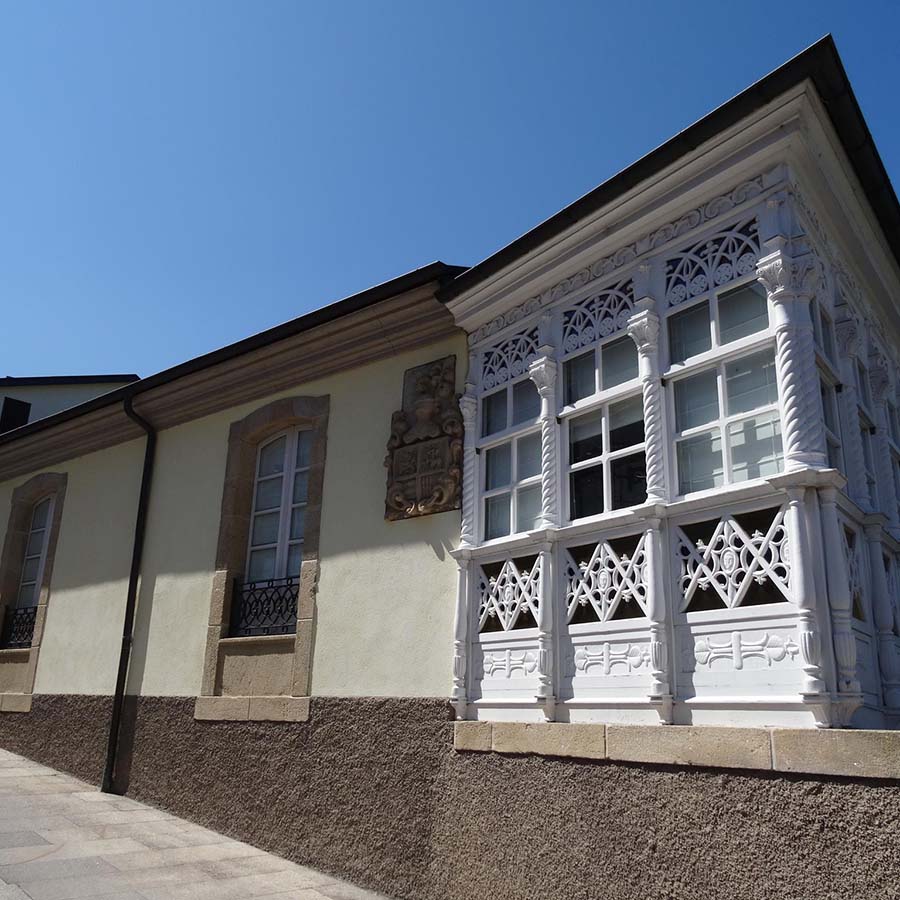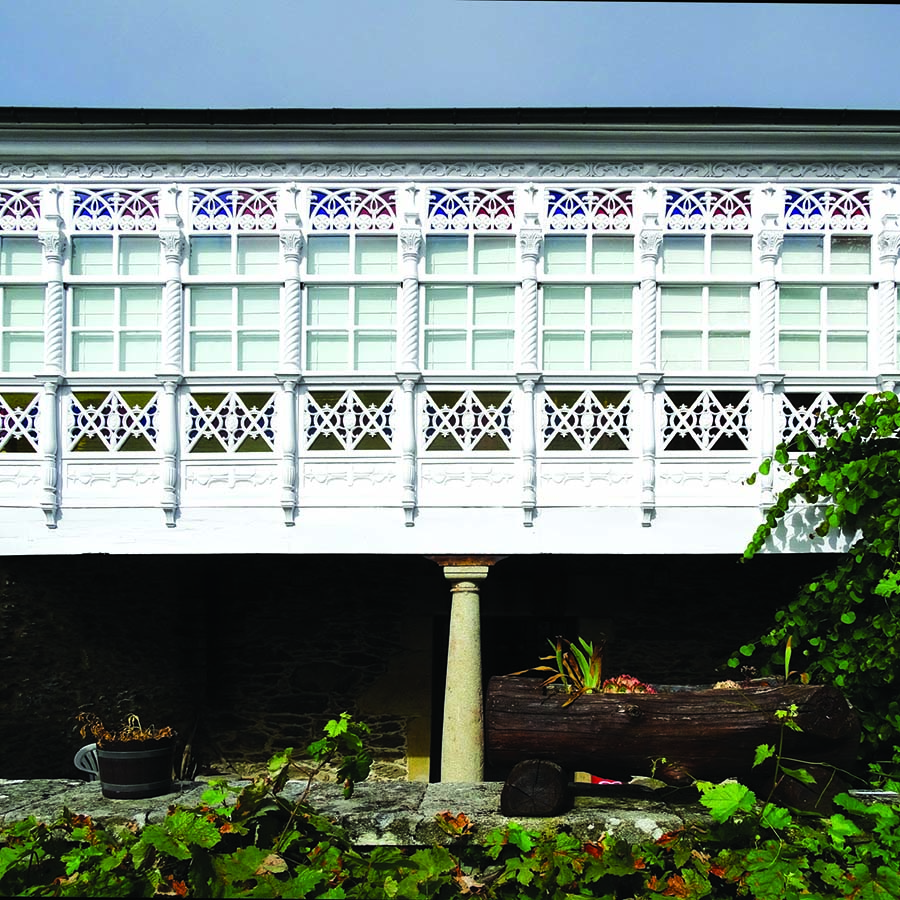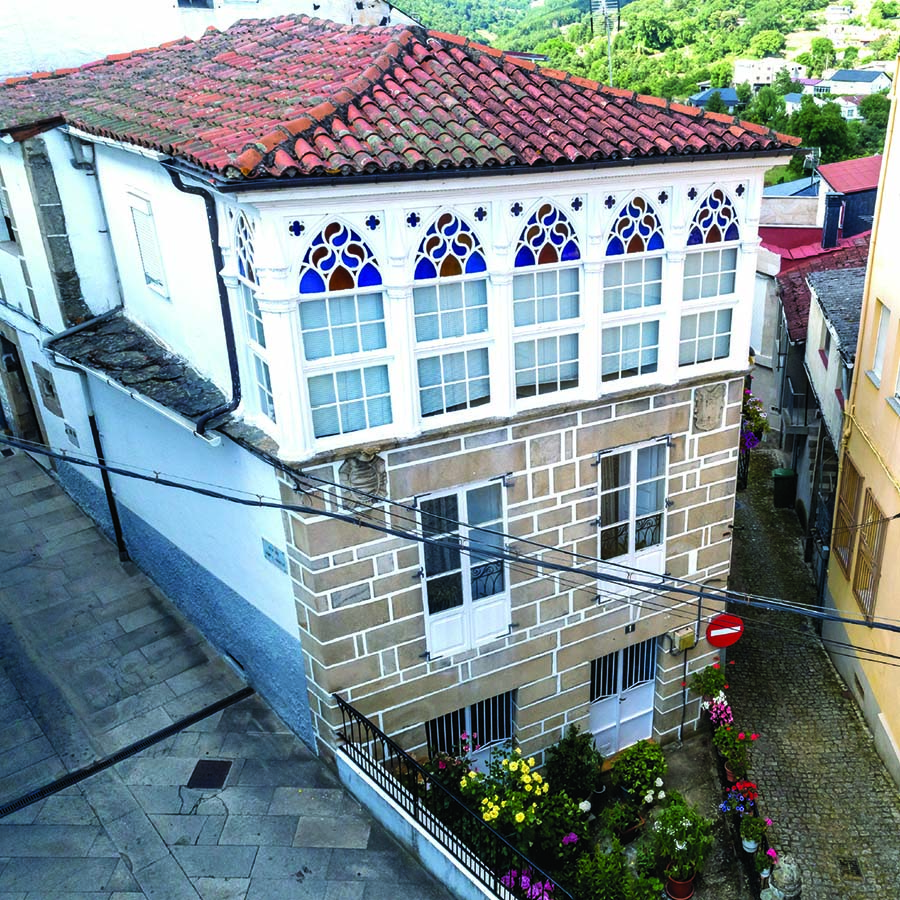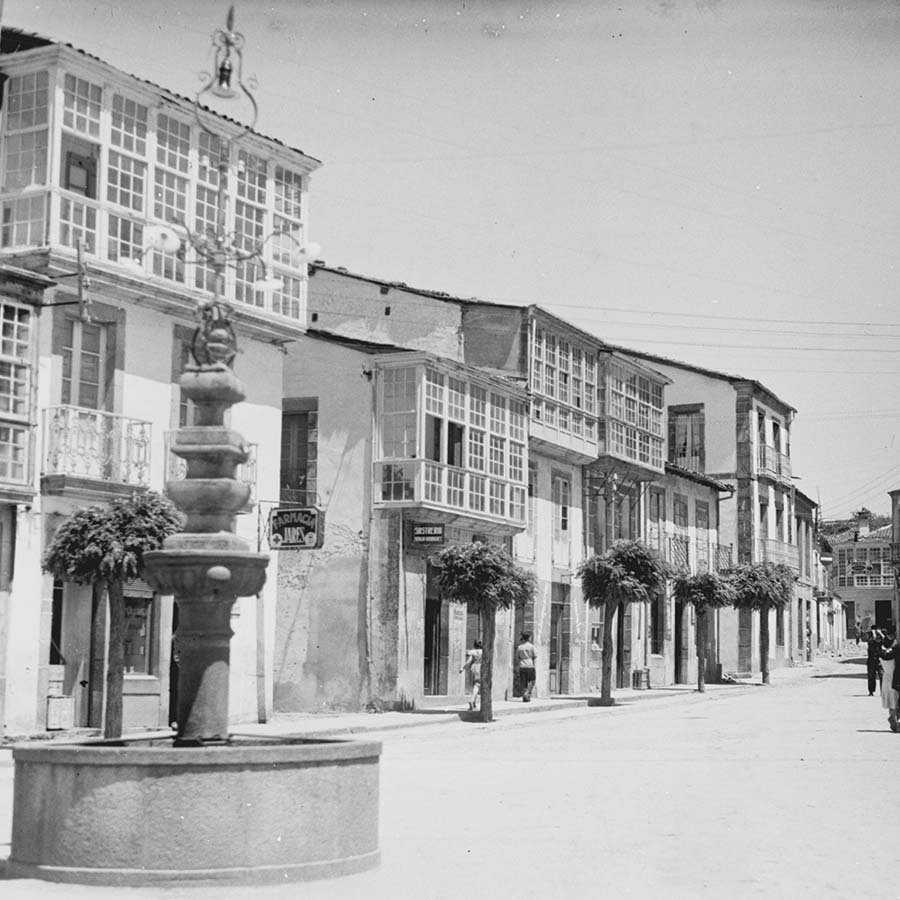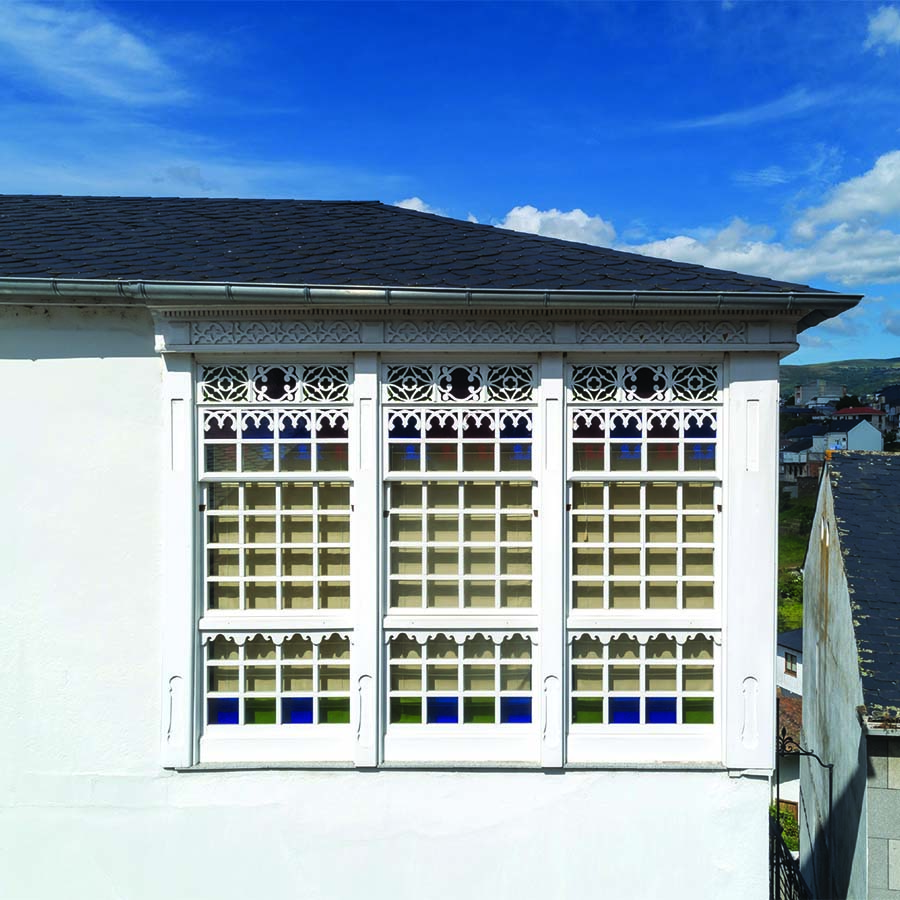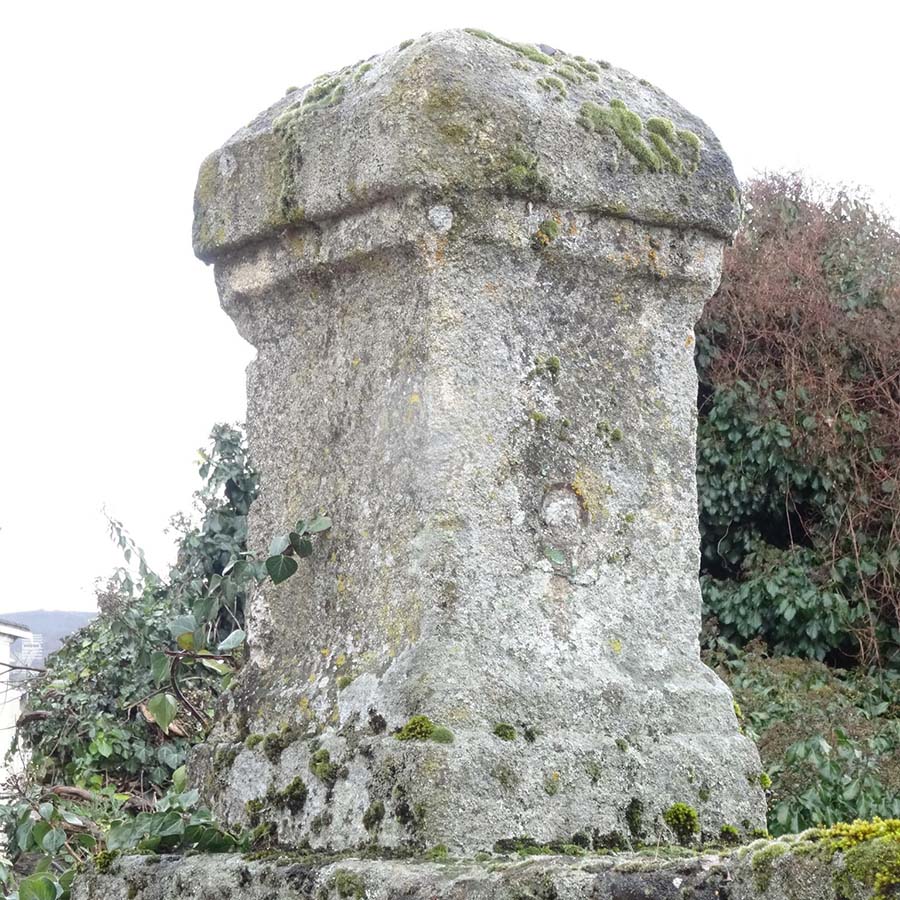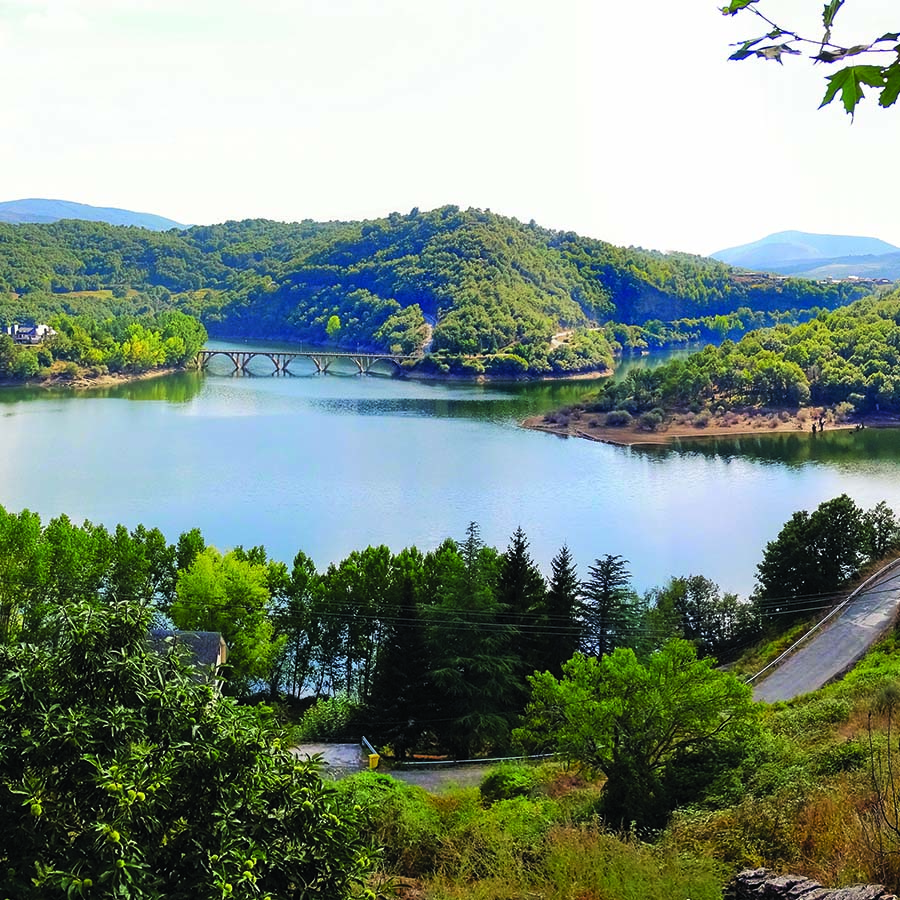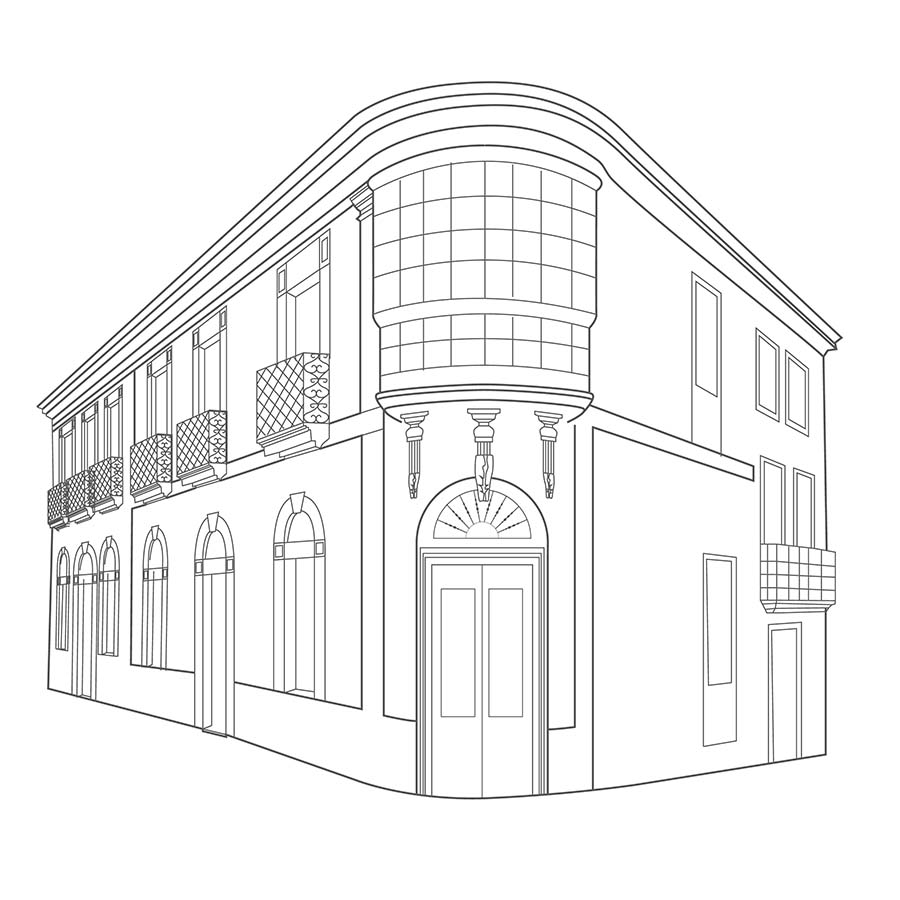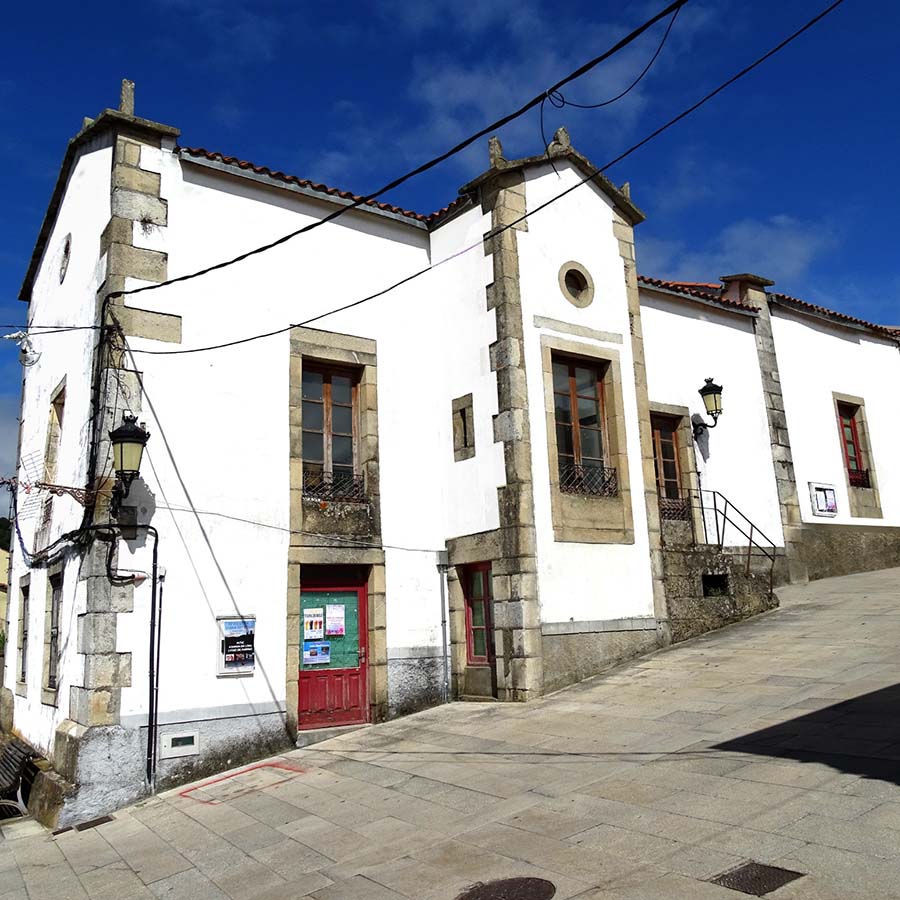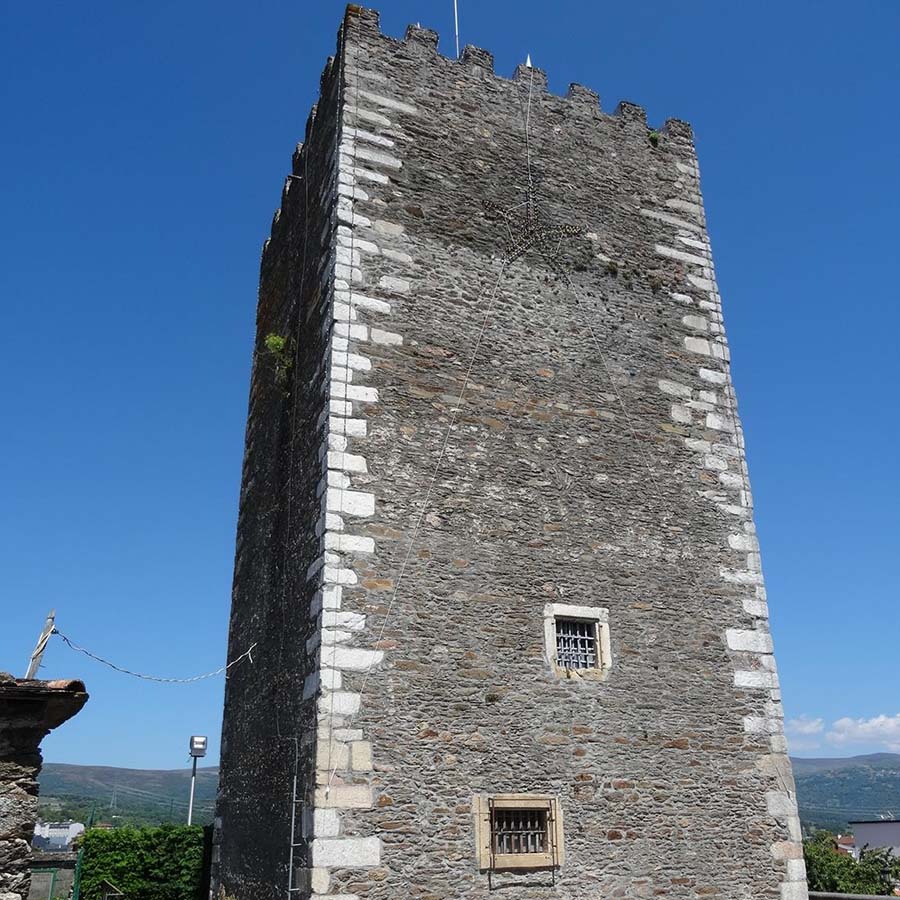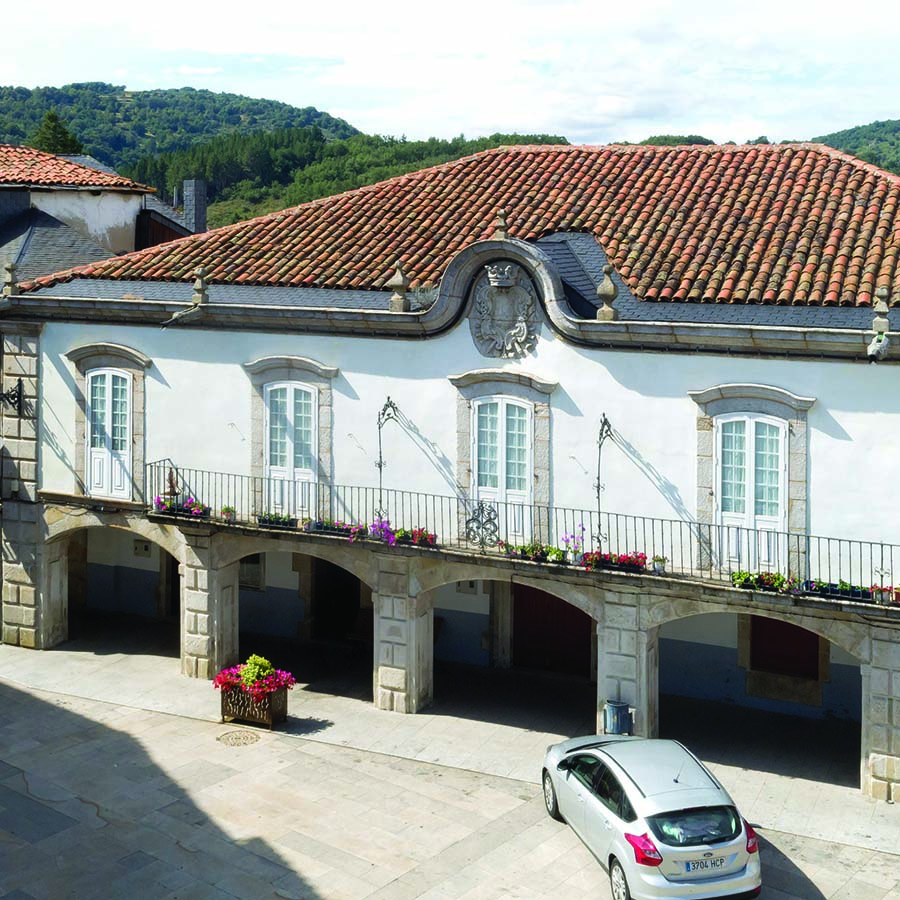To activate navigation with sound select the text.
Viana do Bolo is located in the set of the depressions of the southeast mountain range of Galicia, which gives it a remarkable orographic complexity, in which the most significant trace is the contrast between the high mountain ranges and the valleys, crossed by deep gorges that hold the most important fluvial riverbeds. In this way, two large geographical areas are distinguished. On the one hand, the Bibei, the Camba and the O Vao reservoirs portray a valley that occupies a good part of the municipality. On the other, mountainous borders, which belong to the last buttresses of Pena Trevinca and the mountain range of O Canizo, delimit its eastern and southern fringe.
The discovery, in the year 1728, of a bronze plaque seems to indicate the presence of a small fort that could have been the first populated centre of the municipality. The old gold mine of As Borreas, in the parish of Caldesiños, is an exceptional testimony of Roman occupation in this territory. Otero Pedrayo wrote that Viana do Bolo "does not look like other Galician towns (...) eclipsing the old historic centre. It retains its town structure around the town square; it looks like a city. The old bridge, the deep riverside roads of Camba and Bibei, the nearby villages, such as San Mamede all offer walks and landscapes of suggestive beauty. "
The old castle of Viana was demolished in the context of the Irmandiñas Revolts of the late 14th century. The new lord, Pedro of Pimentel, ordered the construction of a keep in Gothic style, surrounded by a town with a greater noble presence. The most interesting part of the walk through the old town, popularly known as O Cabo da Vila, consists of observing the narrow streets that barely let sunlight through the houses, indicative of an old medieval urban layout. The village of Viana do Bolo occupies a small promontory, surrounded by one of the branches of the O Vao reservoir, on the Bibei River. Around the main square there are baroque buildings with porticos, a semicircular pediment, pinnacles, gargoyles and balconies, along with glazed galleries.
To activate navigation with sound select the text.
Viana do Bolo is located in the set of the depressions of the southeast mountain range of Galicia, which gives it a remarkable orographic complexity, in which the most significant trace is the contrast between the high mountain ranges and the valleys, crossed by deep gorges that hold the most important fluvial riverbeds. In this way, two large geographical areas are distinguished. On the one hand, the Bibei, the Camba and the O Vao reservoirs portray a valley that occupies a good part of the municipality. On the other, mountainous borders, which belong to the last buttresses of Pena Trevinca and the mountain range of O Canizo, delimit its eastern and southern fringe.
The discovery, in the year 1728, of a bronze plaque seems to indicate the presence of a small fort that could have been the first populated centre of the municipality. The old gold mine of As Borreas, in the parish of Caldesiños, is an exceptional testimony of Roman occupation in this territory. Otero Pedrayo wrote that Viana do Bolo "does not look like other Galician towns (...) eclipsing the old historic centre. It retains its town structure around the town square; it looks like a city. The old bridge, the deep riverside roads of Camba and Bibei, the nearby villages, such as San Mamede all offer walks and landscapes of suggestive beauty. "
The old castle of Viana was demolished in the context of the Irmandiñas Revolts of the late 14th century. The new lord, Pedro of Pimentel, ordered the construction of a keep in Gothic style, surrounded by a town with a greater noble presence. The most interesting part of the walk through the old town, popularly known as O Cabo da Vila, consists of observing the narrow streets that barely let sunlight through the houses, indicative of an old medieval urban layout. The village of Viana do Bolo occupies a small promontory, surrounded by one of the branches of the O Vao reservoir, on the Bibei River. Around the main square there are baroque buildings with porticos, a semicircular pediment, pinnacles, gargoyles and balconies, along with glazed galleries.
